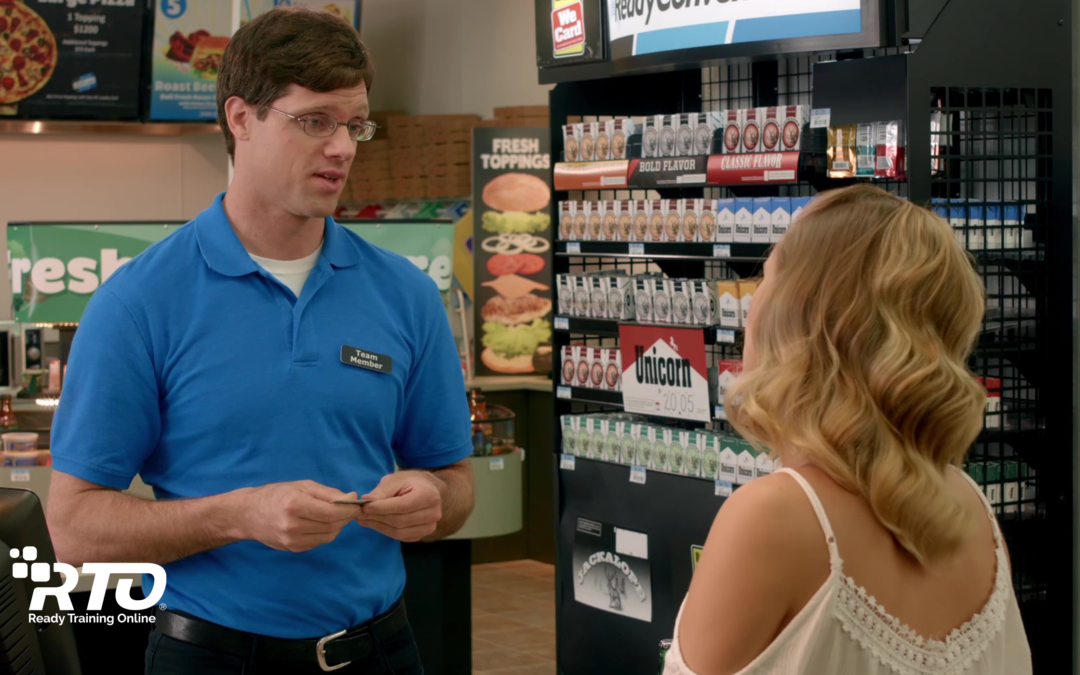If turnover isn’t one of your operation’s greatest ongoing challenges, you’re either operating on another planet or you’ve employed the services of a robotics company to supply quality workers. Most every store owner and manager we talk to identify the need to reduce turnover as a top operational goal — a looming obstacle that prevents their otherwise successful business from getting ahead. In the convenience store industry, there’s competition on every corner (literally, in some areas). Even with a sluggish economy, new c-stores pop up all the time. The operations around you not only compete for your customers, they’ll also compete for employees. Combine that increasing competition with a younger generation’s decreasing desire to launch their careers from the the service industry — and you’ve got yourself a turnover epidemic.
Why Operations Fail
Will all of these operations make it? Of course not. But the number-one reason they’ll fail isn’t turnover. It’s poor customer service. What some savvy managers already realize is that turnover has a profoundly negative effect on the service their guests receive. Customers hate turnover. Why? Service becomes inconsistent or shuts down completely. Managers and staff are cranky from working double shifts. All the extra cost of continually recruiting and training new employees has to be covered somewhere — that could mean raising prices. And pity the poor customers who have questions for your staff, for they’ll most likely hear: “Uh, sorry, I don’t know … Today’s my first day….”
When you reduce turnover, it makes your operation a far more inviting place to be. And your customers will show you how they feel about it by returning again and again. So how do you break the cycle?
1. Become a better recruiter so you’ll attract more suitable applicants.
2. Become a better interviewer so you can select only the best candidates.
3. Ensure that a new employee’s orientation is organized, well-executed and creates excitement about future opportunities with your company.
4. Encourage ongoing employee involvement in day-to-day operations.
5. Become a better leader so those employees will want to stay.





